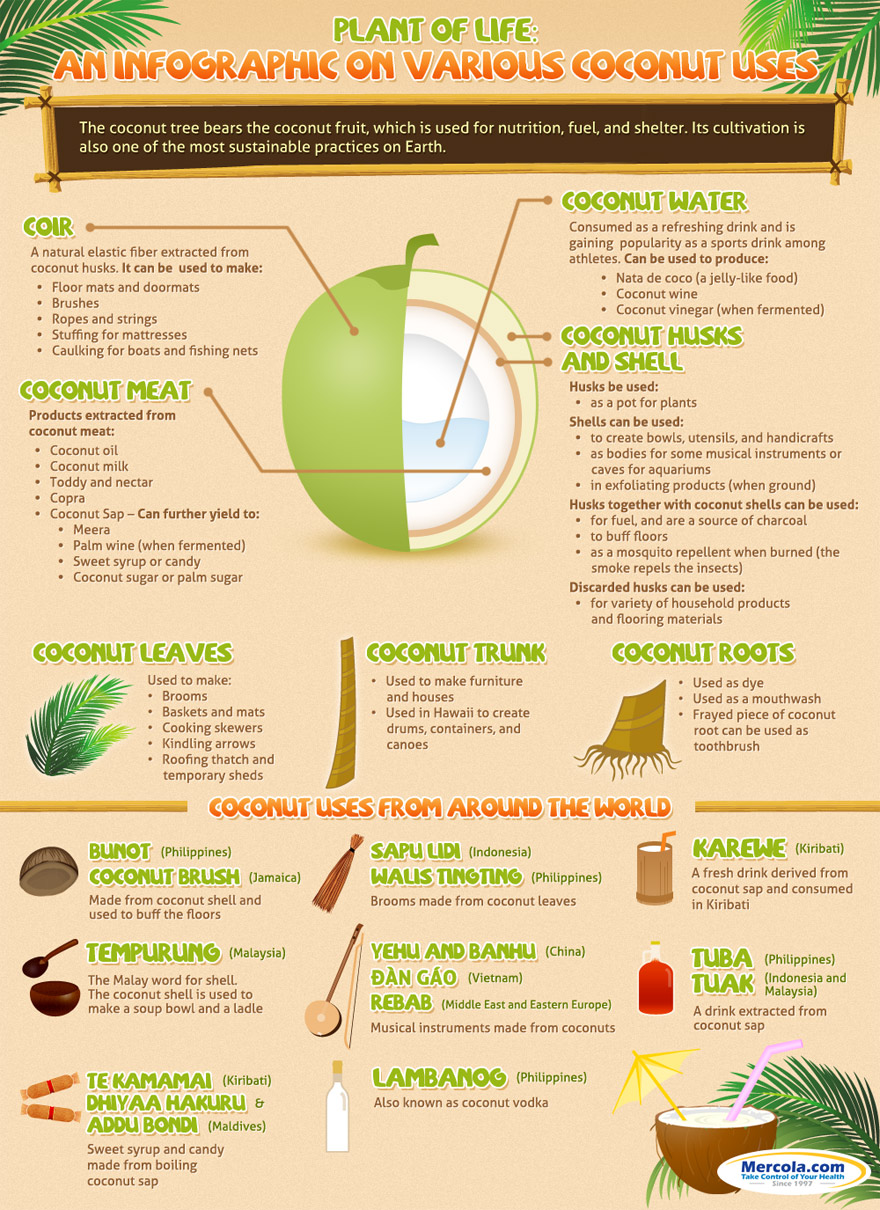5 Benefits of Exercising Outdoors When You're Freezing Your Buns
Are
you tempted to dive under the covers and hibernate when cold weather
hits? It certainly seems like a good excuse, but exercising in the cold
actually has some (pardon the pun) cool advantages.
Is it ever TOO cold to exercise outdoors? Not according to the experts interviewed here.
Growing
up in the south, I never had to contend with super cold weather
workouts so when I relocated to the Northeast it was new to me. But over
the years, I’ve become an avid winter fitness buff and the crisp,
clean, cold air really makes me feel alive, healthy and tuned in.
As
a fitness instructor, I teach a boot-camp class in New York’s Central
Park and some of our best workouts are in the cold weather. We have to
keep moving to stay warm, we work hard, we yip and yell and burn a ton
of calories!
After an hour lunging, jumping,
squatting, doing push-ups, step ups and all types of exercises, we feel
invigorated, satisfied and know we’ve pushed our minds and bodies to new
extremes.
5 Benefits of Cold Weather Workouts:
1. You burn more calories.
This
is probably the best and most popular perk. Because your body is
working harder, your metabolism revs up and your body burns more
calories and fat to produce energy for your workout.
2. Your endurance performance increases.
By
challenging yourself in the cold weather, you are strengthening your
heart, lungs and circulatory system, thereby improving your overall
health.
3. Working out in the winter can help fight SAD (Seasonal Affective Disorder).
Being
outside and taking in more sun during the daylight hours helps keep
your mind sharp and relieves depression as well as increasing your
body’s manufacturing of vitamin D.
4. Exercise can help to boost feel good endorphins which elevate your mood and make you happier!
The
cold stimulates your parasympathetic system. (The sympathetic system is
known as the “fight or flight” response while the parasympathetic is
known as the “relax and renew” system). These endorphins can trigger the
release of dopamine and serotonin, neurotransmitters that keep us
happy, feeling good and ease depression.
5. It's invigorating, exciting and energizing.
This
is my personal favorite benefit of cold weather exercising. There’s
nothing like adding that rosy glow to your cheeks after an intense
outdoor winter workout.
Keep it safe, a few simple tips for exercising in the cold:
- Make sure you hydrate before, during and after your workout.
- Wear layers that you can peel off as necessary.
- Wear a hat and gloves.
- Adequately
insulate your extremities. The face, fingers and toes are the first to
get frostbitten. (Pain or tingling in your ears, fingers or toes is
usually a sign it’s time to come indoors and warm up.)
- Beware of ice. (I’ve had a few slips out there myself.)
No
excuses now! Don’t let the cold keep you indoors this winter. Get
outside, get your butt moving and enjoy the extra benefits a cold
weather workout has to offer.

.jpg)





 More
then 55 diseases have been linked to gluten, the protein found in
wheat, rye, and barley. It’s estimated that 99% of the people who have
either gluten intolerance or celiac disease are never diagnosed.
More
then 55 diseases have been linked to gluten, the protein found in
wheat, rye, and barley. It’s estimated that 99% of the people who have
either gluten intolerance or celiac disease are never diagnosed.

